
Countries / All places

Countries / Lithuania

Countries / Estonia

Countries / Latvia

Water activities
The "Water Activities" category invites you to dive into fun and exciting water activities that will provide unforgettable experiences.

Air activities
The "Air Activities" category invites you to experience an unforgettable adventure during a flight, enjoying breathtaking views from a bird's-eye perspective.

Active leisure
The "Active Entertainment" category invites you to try various physical activities that will give you an adrenaline rush and a burst of energy.

Educational Entertainment
"Educational activities" offer a variety of experiences that develop skills, broaden horizons, and encourage the discovery of new knowledge in a fun and engaging environment.

Auto & Moto activities
The "Auto/Moto Activities" category invites you to enjoy the adrenaline and thrill of speed at various car and motorcycle events.

Zoos
The "Zoos" category offers the opportunity to get to know exotic and local animals, learning about their daily lives and natural habitats.

Parks
The "Parks" category showcases the most picturesque natural spots, offering tranquility, fresh air, and a variety of leisure activities.

Sculptures
The "Sculptures" category invites you to discover magnificent artworks that capture history and culture through form and expression.

Educational trails
The "Nature Trails" category invites you to embark on adventures, exploring routes rich in natural and cultural heritage.

Observation towers
The "Observation Towers" category invites you to ascend to great heights and enjoy breathtaking landscapes from above.

Architecture
The "Architecture" category invites you to explore the most impressive historical and contemporary architectural masterpieces.

Historical Heritage
"Historical Heritage" invites you to explore places that bear witness to past times and cultural transformations.

Monuments
The "Monuments" category invites you to discover significant historical and cultural landmarks that commemorate our past and identity.

Religious Heritage
The "House of Prayer" category invites you to explore impressive religious structures that testify to history and architectural beauty.

Unique places
The "Unique Places" category invites you to discover the world's unique spots that amaze with their beauty, history, and culture.

Manors
The "Manors" category invites you to discover impressive historical estates that reflect the luxury and architectural beauty of the past.

Nature
The "Nature" category invites you to discover the most beautiful natural spots, where you can enjoy tranquility and natural beauty.

Mounds
The "Hillforts" category invites you to discover ancient hillforts that reveal the history and culture of our ancestors.

Castles
The "Castles" category invites you to discover magnificent examples of fortresses and palaces, rich in history and legends.

Restaurant
The "Restaurants" category invites you to discover the best dining establishments offering exceptional culinary experiences.

Fast food restaurant
The "Fast Food Restaurants" category invites you to enjoy delicious and quick meals in convenient locations.

World cuisine
The "World Cuisine" category invites you to discover the flavors and culinary traditions of various countries, enriching every food lover's experience.

Cafe
The "Cafés" category invites you to enjoy delicious coffee and a cozy atmosphere in great city locations.

Bar
The "Bars" category invites you to enjoy a cozy atmosphere and a wide selection of drinks in the best bars in town.

Hookah bar
The "Hookah Bars" category invites you to relax and enjoy a variety of hookah flavors in a cozy setting.
Švėkšna Church of St. James the Apostle

200

1

0
0 out of 5
(0 reviews)
Built in 1905, the Neo-Gothic Švėkšna Church is one of the town’s most important architectural landmarks. The church features three naves, eight altars, and 65-meter-high towers. A unique pedestrian bridge-viaduct, constructed around 1885, connects the churchyard to the park.
Info
-

Religious Heritage
-
Built in 1905, the Neo-Gothic Švėkšna Church is one of the town’s most important architectural landmarks. The church features three naves, eight altars, and 65-meter-high towers. A unique pedestrian bridge-viaduct, constructed around 1885, connects the churchyard to the park.
The Neo-Gothic Švėkšna Church was designed by Swedish architect Karl Eduard Strandman and completed in 1905. It is considered one of the main architectural highlights of the town. The construction was financed by the Švėkšna and Vilkėnas counts of the Plater family, with significant contributions from local parishioners, residents of nearby parishes, and Lithuanian
emigrants from the United States.
The church features three longitudinal naves intersected by a transept. Its 65-meter-high towers dominate the town’s skyline. The interior is adorned with eight altars, including the nearly 16-meter-tall main altar, along with a pulpit, both crafted in the Purger factory in Tyrol, Austria. Beneath the main altar lies a crypt where notable figures of the town are interred.
Connecting the churchyard to the park is a unique arched pedestrian bridge-viaduct, built around 1885. This rare structure in Lithuania stands out for its elegant design and historical significance, adding to the church’s charm and value.
Found a mistake?
Report
Spotted an error? Let us know
Whats new?

2025-11-17
Three impressive Baltic seaside spots: Olando Kepurė, Veczemē Cliffs, Pakri Cliffs
The Baltic coast is a place where the land and the sea are in constant conversation. Where waves sha...
Read more

2025-11-13
Discover Tallinn Old Town with MyTravis: a medieval spirit that surprises you at every step
Tallinn’s Old Town is like an open-air museum. A member of the MyTravis team, after visiting Estonia...
Read more

2025-11-12
Women's hike through the mystery of the fog from Ginučiai Hillfort to Ladakalnis
The third Women's Hike was organized by the club's founder, Ada Vėtrė, whose idea to bring women tog...
Read more

2025-09-24
The first women’s hiking club hike in Marcinkonys: nature’s beauty, legends, and togetherness in Dzūkija
On September 20, the first Women’s Hiking Club hike took place in Marcinkonys, organized by the club...
Read more

2025-06-15
Nature Trails in the Pärnu Region: A Journey Through Estonia’s Natural Treasures
The Pärnu region of Estonia is renowned not only for its resort town and coastline but also for its...
Read more

2025-03-30
Šiauliai Chestnut Alley – a place where dozens of chestnut trees bloom
Chestnut Alley in Šiauliai – a unique spot in the heart of the city, where the beauty and delightful...
Read more

2025-03-29
Kulautuva – the Pearl of the Nemunas Shore: What to See and Do?
Kulautuva – a small but charming town in the Kaunas district, surrounded by pine forests and stretch...
Read more

2025-03-28
Kauko Stairs in Kaunas – Woven with Myths and Natural Beauty
Kauko Stairs – a favorite spot for both locals and visitors of Kaunas, where the extraordinary beaut...
Read more

2025-03-27
Kaunas Beast: A City Symbol Shrouded in Legends
Not every ordinary Kaunas resident knows what secrets lie behind the historic walls of Kaunas Castle...
Read more

 Entertainment
Entertainment
 Food establishments
Food establishments
 55.516969, 21.61938
55.516969, 21.61938
 Get directions
Get directions

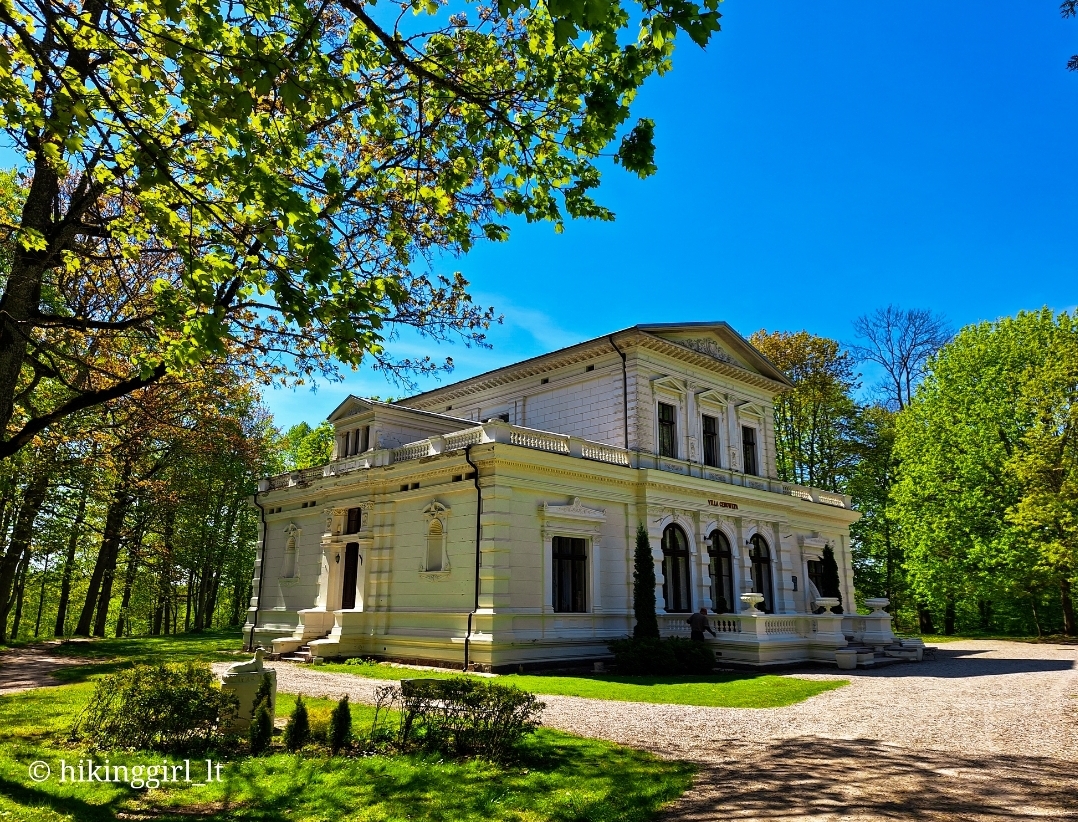
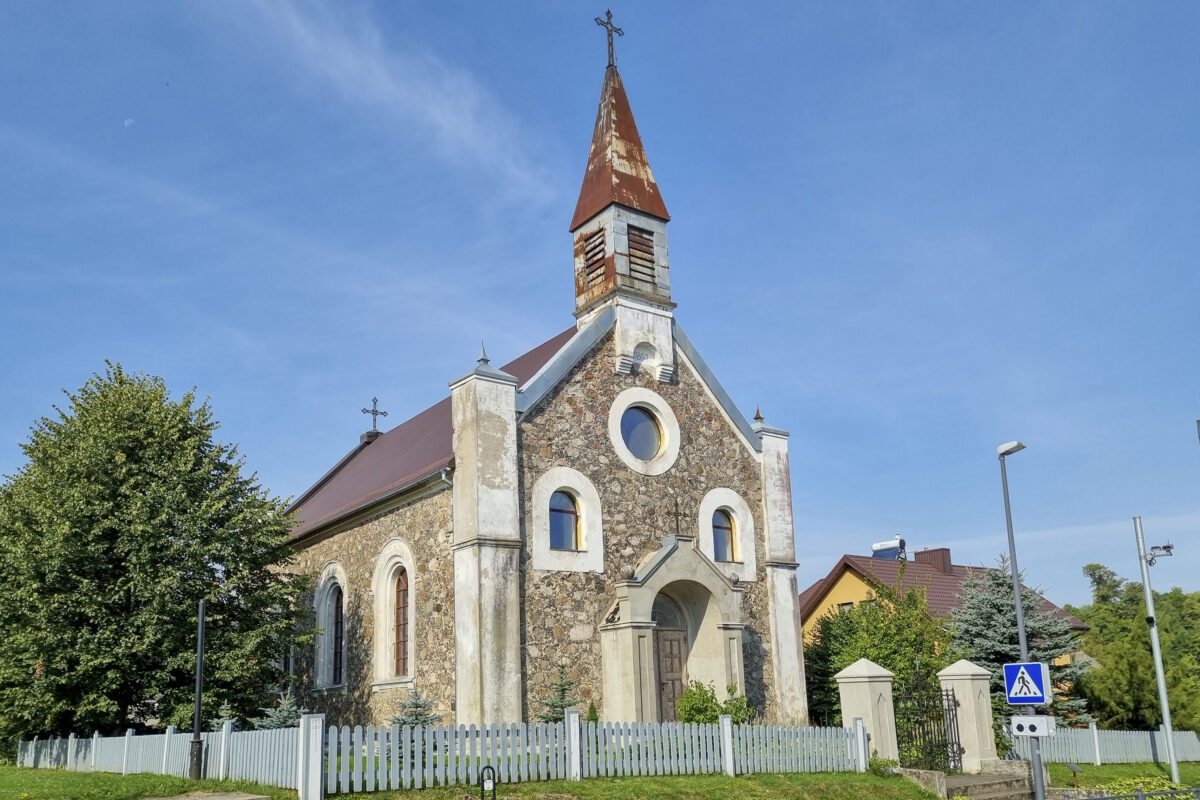
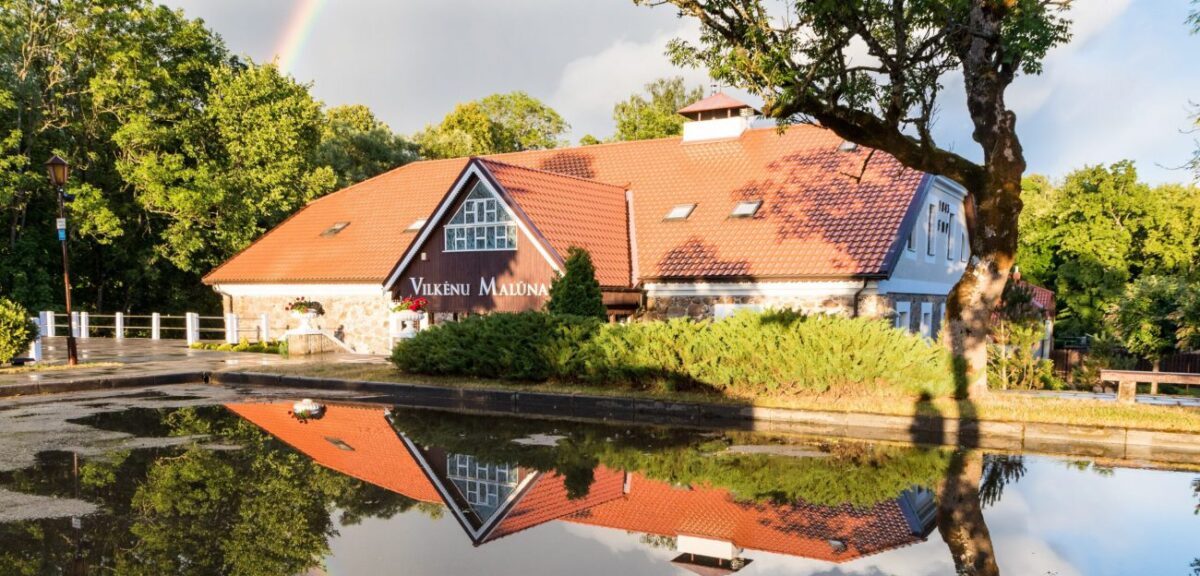

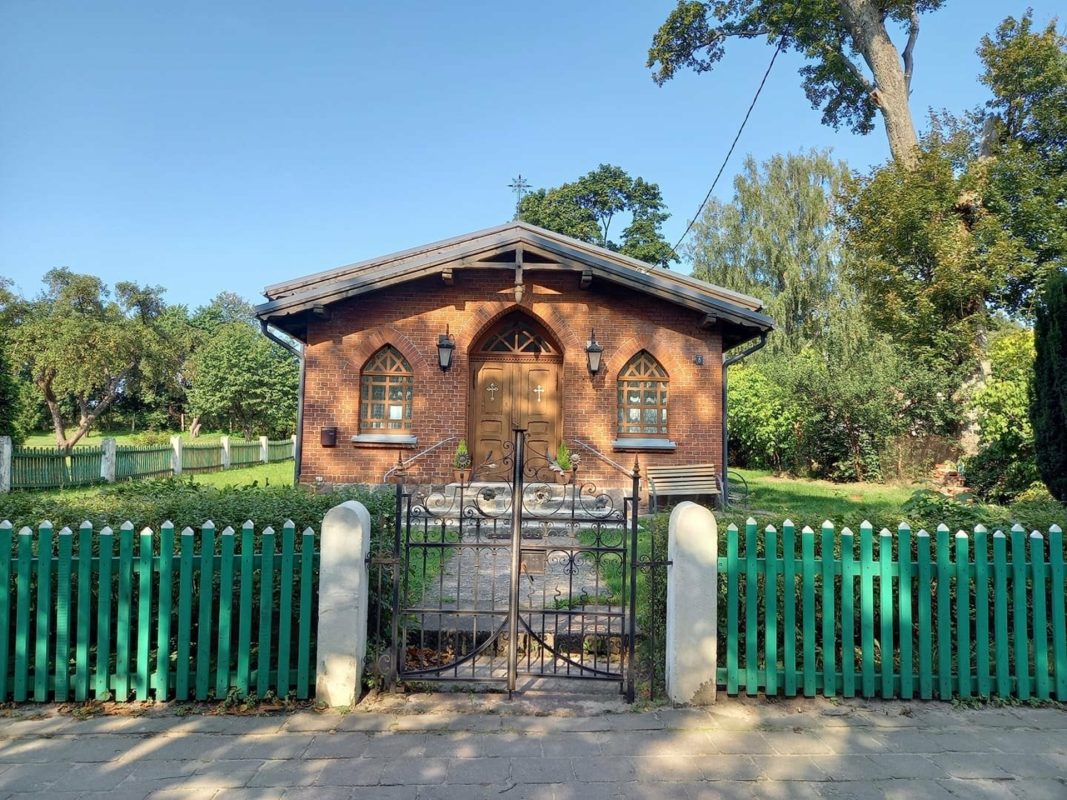
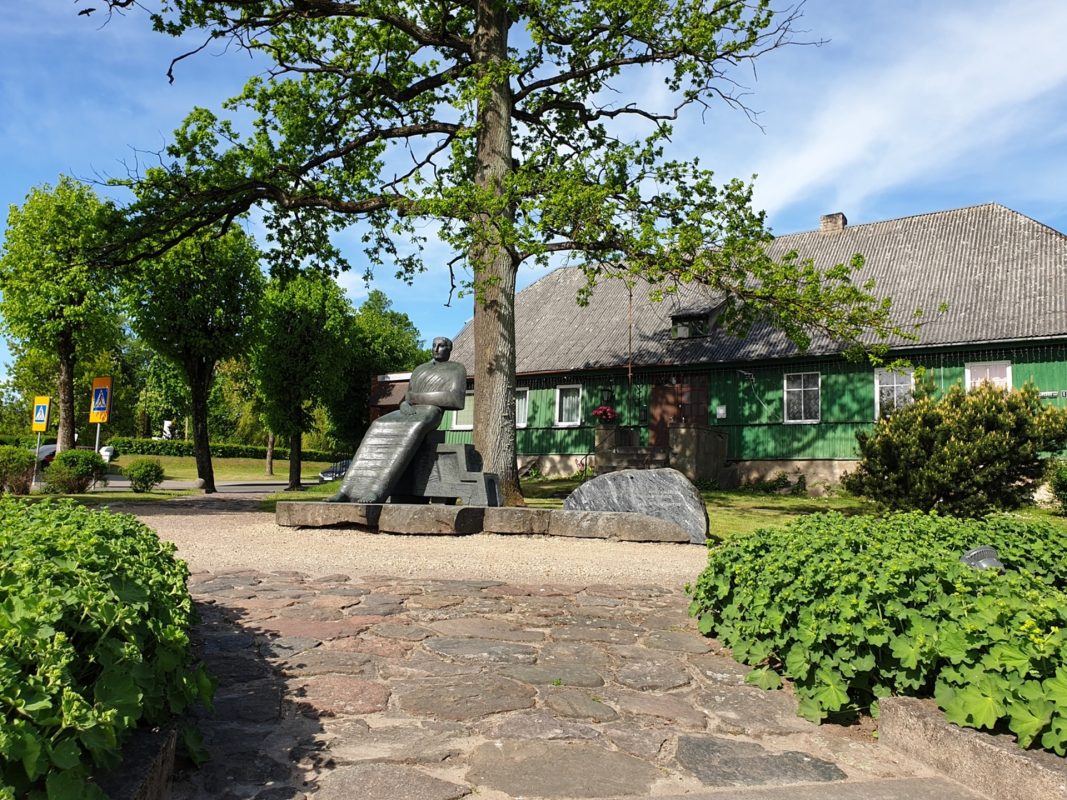

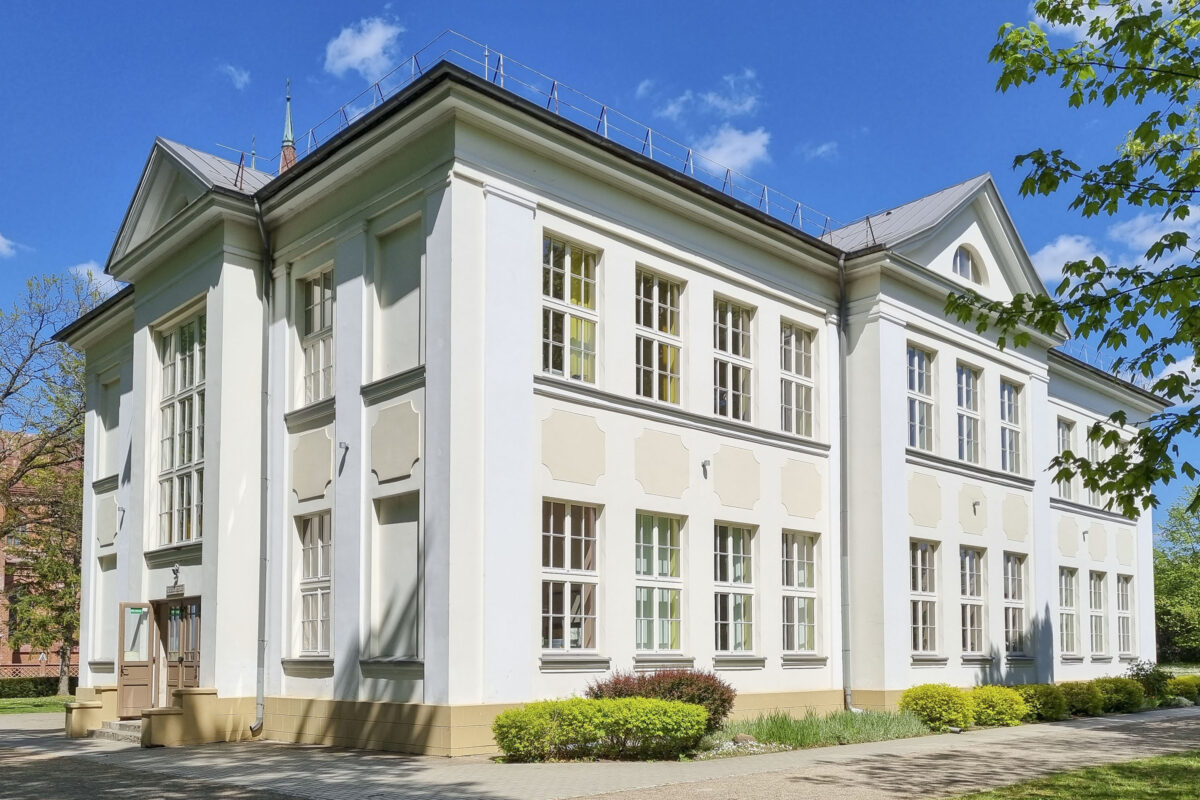
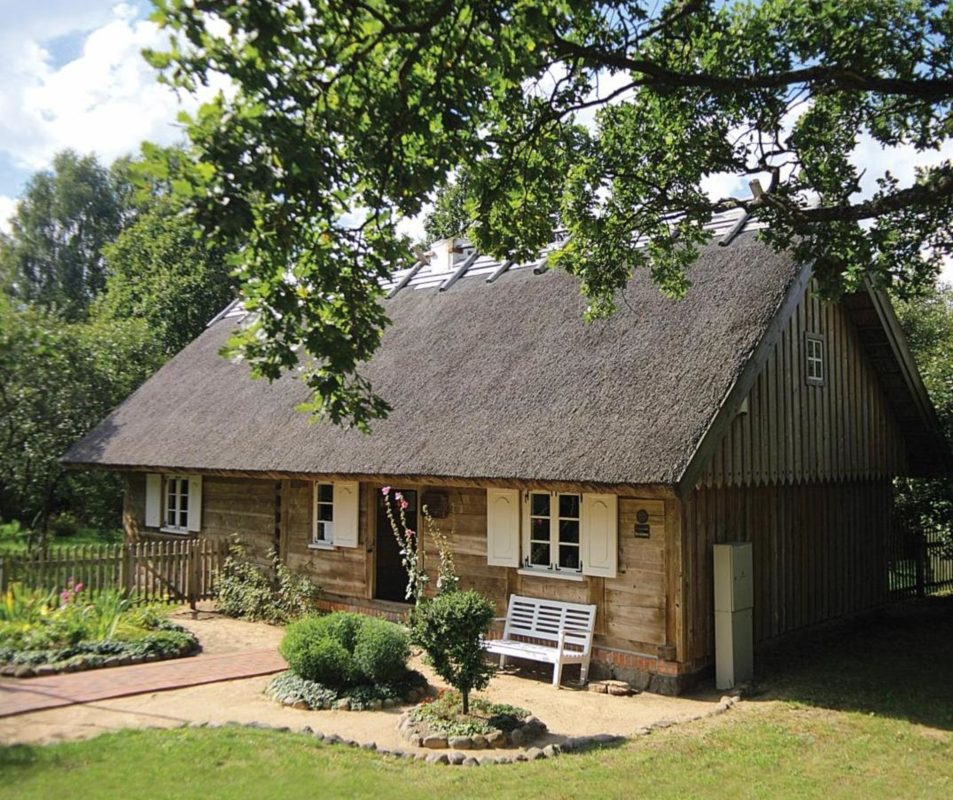
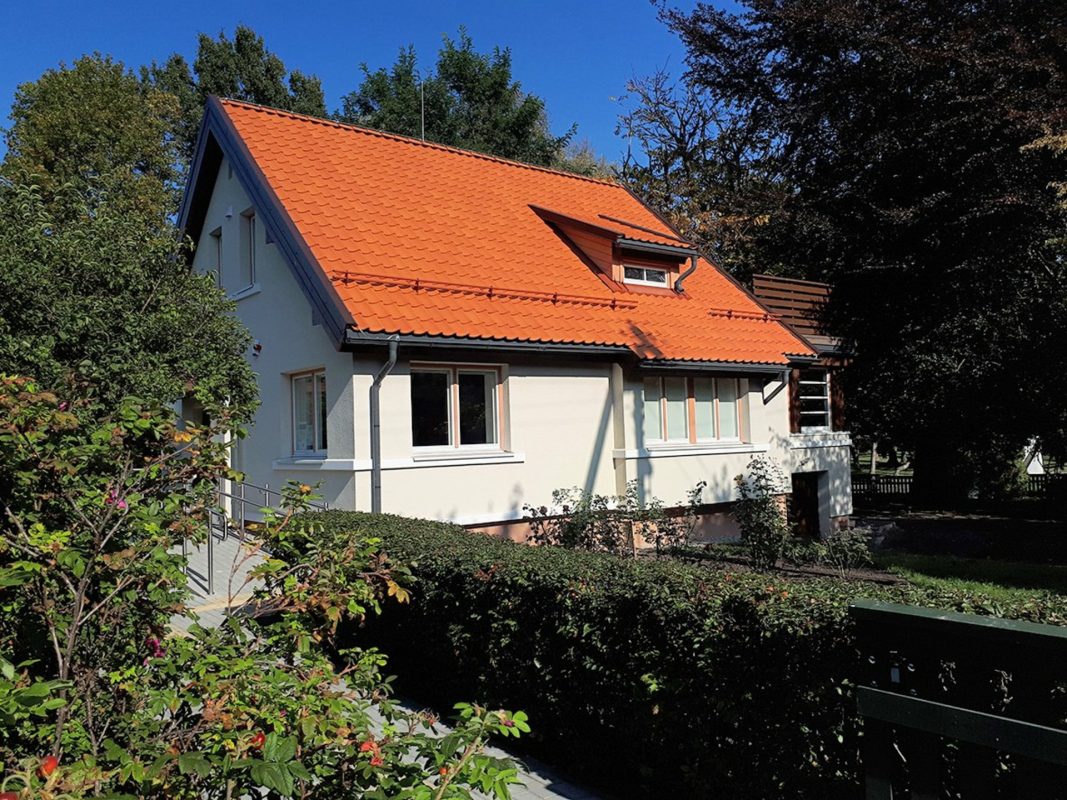



.jpg)